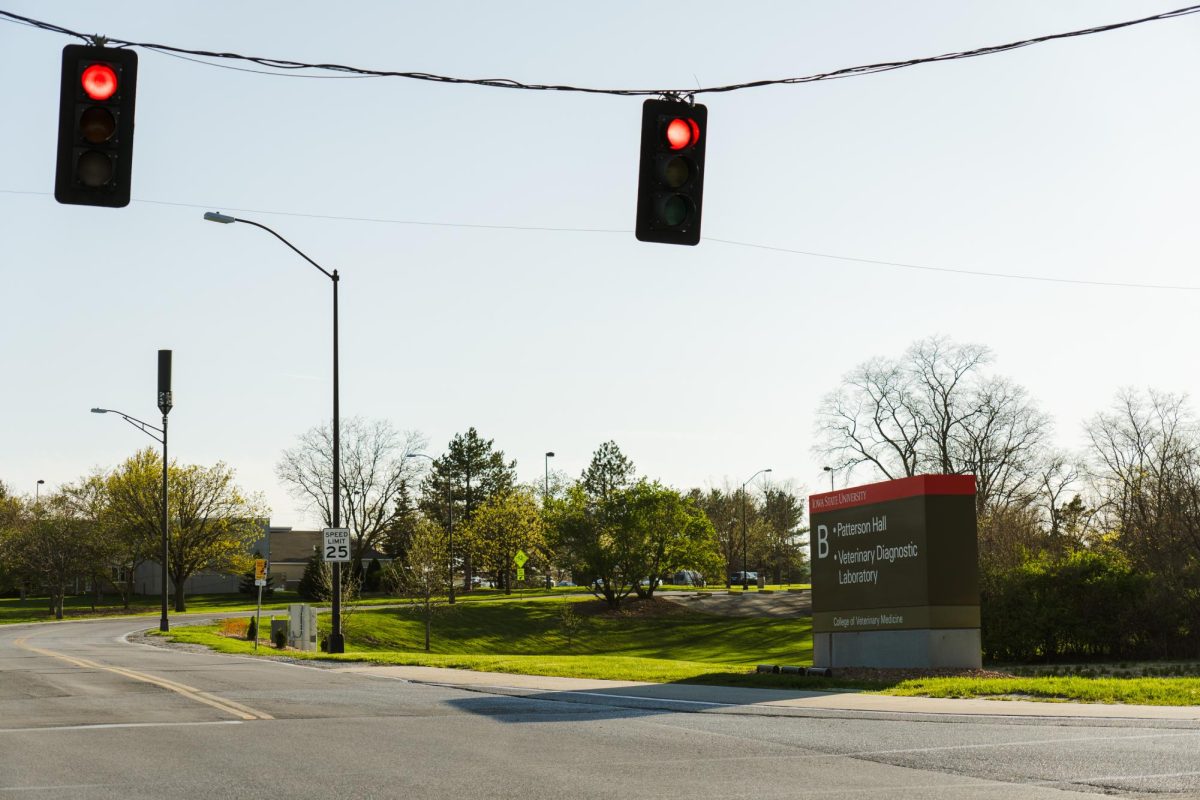Iowa State receives donation to study soybean cyst disease
March 8, 2005
Iowa State has been awarded a three-year $900,000 grant from the U.S. Department of Agriculture National Research Initiative in order to explore the infection process of soybean cyst nematodes.
Soybean cyst nematodes are worm-like parasites that live in the soil, burrow into soybean roots and survive on the root fluid. A female parasite is no larger than the head of a pin and can hold up to 200 larvae within its body, said Thomas Baum, associate professor of plant pathology.
Baum is working with research groups from the University of Georgia, North Carolina State University and the University of Missouri. The research team hopes to determine the chemical proteins injected into the soybean root tissue by the parasite, which cause the plant to change in a way that makes it possible for the parasite to feed on it.
Baum said this research aims to chemically strengthen soybean plants so the parasitic proteins would not affect the soybean cells.
He said this research is important to Iowa and the country as a whole because the parasites cause nearly $700 million in annual losses for the U.S soybean industry, which is one of the top industries in Iowa.
“It’s traditionally the most important pathogen problem in the soybean industry,” Baum said.
According to the Iowa State Agriculture and Natural Resource Extension, Iowa soybeans account for 16 percent of the nation’s supply.
Dan Nettleton, associate professor of statistics, said the research will hopefully lead to an improved soybean industry.
“Soybean cyst nematodes cause a lot of damage to the soybean industry and take profits away from farmers,” he said. “We are trying to understand how soybean cyst nematodes interact with the soybean, and if we can understand how they interact at the molecular level; that would help us develop plants that are more resistant.”
Nettleton said the chance for Iowa State to further establish this research will help the university gain a greater reputation for research in agriculture.
“It helps the rest of the research community see that this is a premier place to study soybean cyst nematodes and soybean interaction,” Nettleton said. “This will help us stand out in the research community, and the money that goes into the grant will help support student and faculty research efforts.”
For the past 10 years, Baum and most of his research team have researched this topic and will now be able to further their research, Baum said.
Nettleton said the grant funding will begin in April, although their research is ongoing.
















